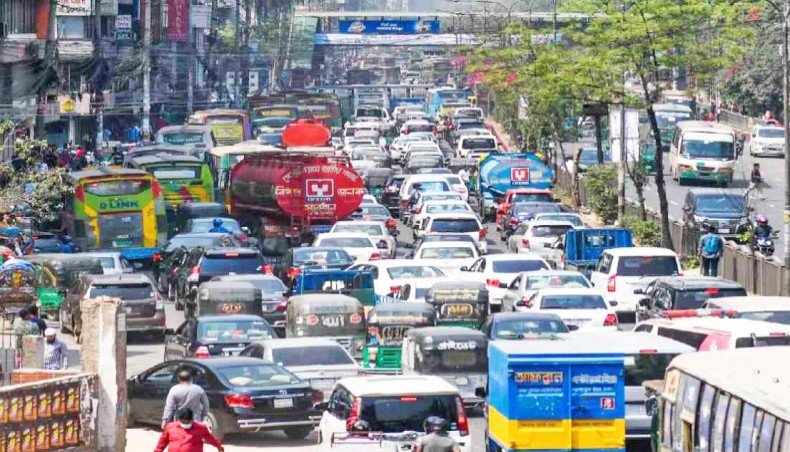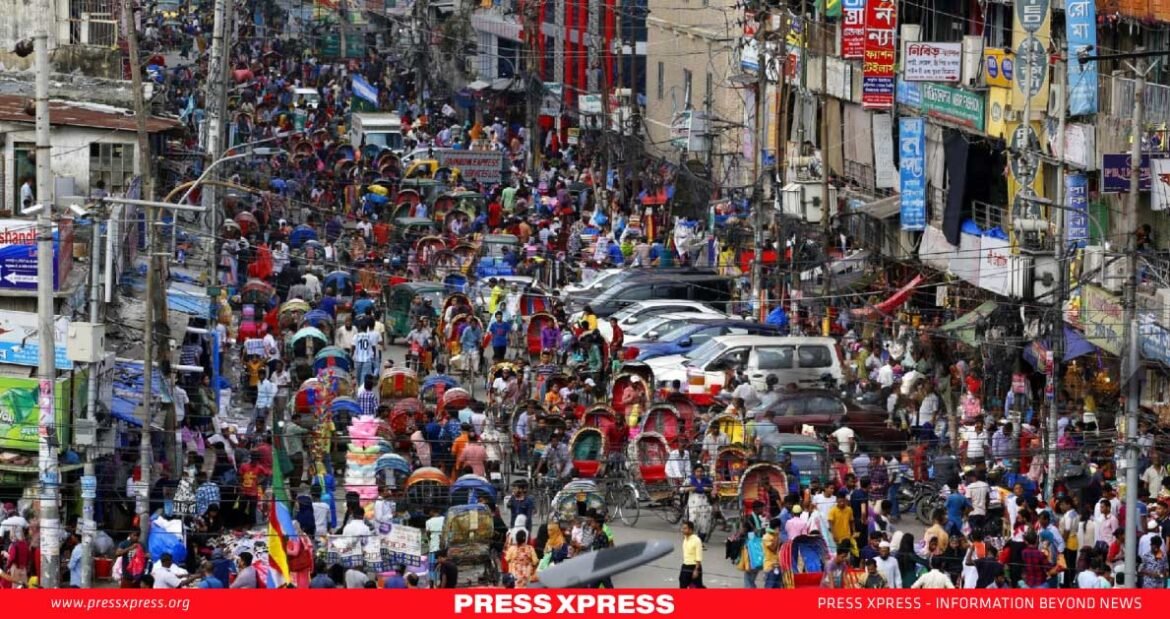In a significant turn of events, Bangladesh is witnessing a gradual return to normalcy as the government relaxes the curfew imposed last Tuesday to quell violent protests. The daily seven-hour window from 10 am to 5 pm has breathed new life into the nation’s economic and social activities, marking a pivotal moment in the country’s path to recovery.
You Can Also Read: Govt Insists on Timely Legal Procedures in Quota Reforms
The reopening of public and private establishments, including the vital garment industry, banks, and stock exchanges, has set the wheels of the economy in motion once again. This resumption follows a crucial meeting between the country’s business leaders and Prime Minister Sheikh Hasina, highlighting the government’s commitment to economic stability.
In a boost to the export sector, banks have restarted issuing Letters of Credit (LCs), while container movement at the strategic Chittagong port has resumed after a five-day hiatus. The flow of goods from factories to ports has increased significantly, with customs operations gaining momentum and revenue earnings on the rise. This revival has brought much-needed relief to importers and exporters who had been grappling with the recent stagnation.

However, the path to complete normalcy is not without its challenges. While broadband internet has been partially restored in specific areas, including diplomatic and commercial zones, social networking sites and video-sharing platforms remain inaccessible. The State Minister for Posts and Telecommunications, Zunaid Ahmed Palak, has addressed this issue, indicating ongoing efforts to restore full connectivity.

Transportation services have also sprung back to life, with long-route buses and launches facilitating intercity travel. Yet, the sudden influx of vehicles has led to severe traffic congestion in urban areas, presenting a new set of challenges for city dwellers and authorities alike.
Security remains a top priority, with law enforcement agencies maintaining a vigilant presence throughout the city. Special traffic restrictions have been implemented around key government areas to ensure the safety of critical institutions.
The recent unrest, which began with student protests over the quota-based hiring system in government jobs, had escalated to violence, prompting the government to impose a curfew and deploy armed forces. The gradual easing of these restrictions signals a cautious approach to maintaining public safety while reviving economic activities.
As Bangladesh takes these crucial steps towards recovery, the nation faces the delicate task of balancing public safety with economic revival. The coming days will be critical in determining how smoothly this transition unfolds and whether the country can sustain this momentum towards complete normalcy.


